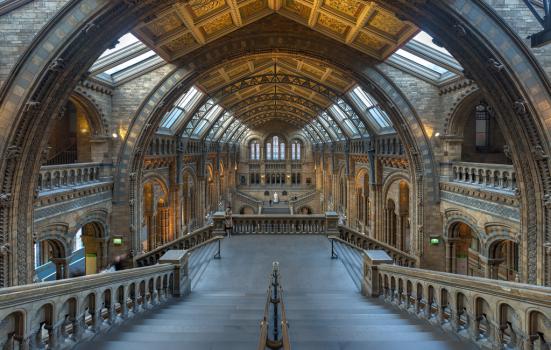Whilst local and community participation are government priorities for sport, plans to increase participation in the arts are centred on investments in flagship projects.

diliff via VisualHunt / CC BY-NC-SA
Investing in flagship projects is a higher priority than supporting grassroots participation in the arts for the Department for Culture, Media and Sport, according to a recent 5-year plan published by the government department.
The DCMS: single departmental plan 2015 to 2020 is one of 17 visions released by each of the government’s central departments to “improve the way in which the government monitors its performance” and to allow the public to “track progress against key outcomes.”
It lists government priorities for participation in the arts as:
- Keeping major museums and galleries free to enter
- Supporting a new theatre, The Factory in Manchester
- Supporting a great exhibition in the North.
- Helping the Manchester Museum establish a new India Gallery.
In contrast, the stated priorities for participation in sport are improving the quality of community sport facilities, increasing participation in sport by women and girls, and working to fund investment in artificial football pitches in more than 30 cities across England.
Changing landscape
The plan emerges as engagement with the arts is falling. The latest figures for 2015/16 from the Taking Part survey show that 76.1% of adults had attended or participated in the arts at least once in the previous year.
This has fallen year on year since a high point of 78.4% in 2012/13, and is at its lowest since 2009/10.
A DCMS spokesperson said: "This Government is absolutely committed to increasing access to sports and culture across the country. Our recent Sport Strategy and upcoming Culture White Paper sets out our clear vision for growing participation levels in both areas."
Unclear strategy
But it remains unclear how the plan will interact with the upcoming Culture White Paper, originally due to be published in early 2016.
Whilst the content in the DCMS plan has been agreed with the Cabinet Office and HM Treasury to “reflect the priorities of the whole government” and to deliver within the budgets agreed at the Spending Review 2015, the development of the White Paper has been informed by a series of online discussions.
Though these generated limited responses, the third online discussion specifically asked how organisations and individuals could increase participation in cultural activities.
Commenting on the lack of reference tobuilding grassroots participation in the arts, Robin Simpson, Chief Executive of Voluntary Arts, said: “It is perhaps indicative that the lead Minister for 'Encouraging Participation' is the Sports Minister, Tracey Crouch. While the plan says that DCMS is ‘working with the arts and culture sectors to emphasise the benefits of participation for all’, the only objective about increasing participation relates solely to sport.
“Everyday creativity is an incredibly important contributor to the wellbeing of millions of individuals across the country - and thereby to the nation as a whole. Cultural policy needs to recognise, champion and encourage everyday cultural participation.”




